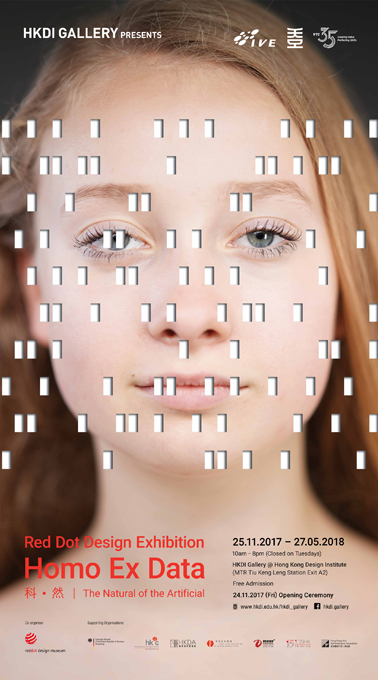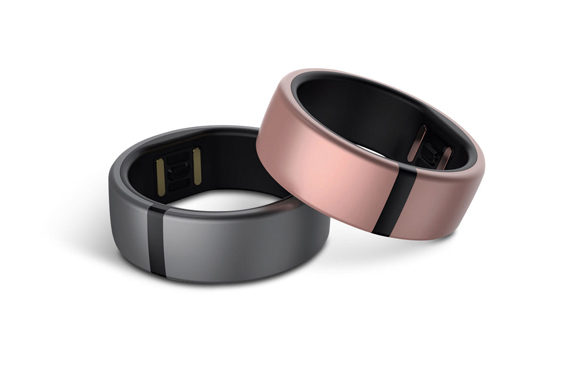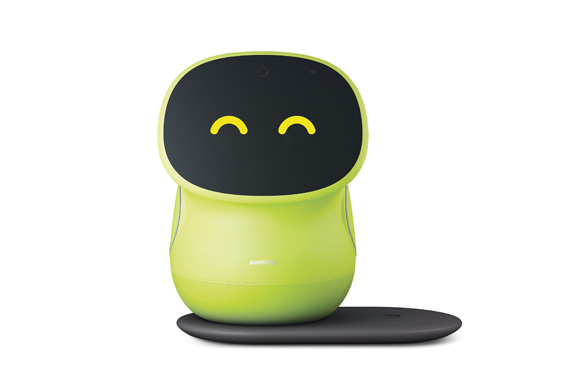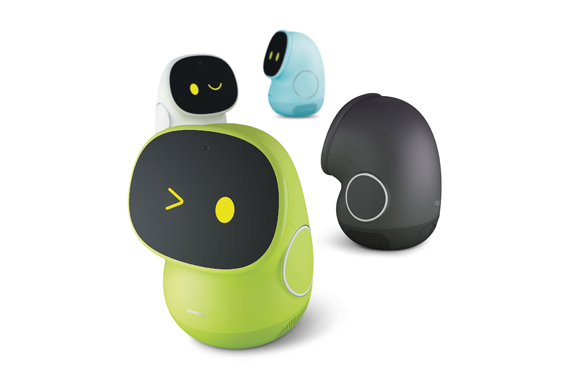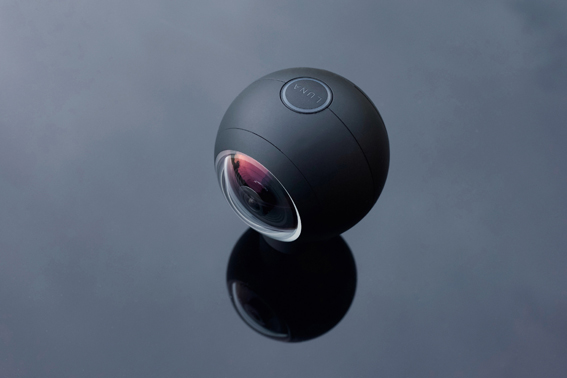“Homo Ex Data” in Hong Kong: Red Dot Design Museum presents exhibition on design in the era of Big Data
In the digitalised world, the bringing together of human factors and digital technology not only results in new products but also in a new type of human – Homo ex Data. But what role will design play in a world in which living circumstances are determined by the generation and transfer of data? The exhibition “Homo Ex Data – The Natural of the Artificial”, which is presented by Hong Kong Design Institute and Hong Kong Institute of Vocational Education (Lee Wai Lee) in cooperation with the Red Dot Design Museum Essen (Germany), takes up this question. From 25 November 2017 to 27 May 2018, visitors to the HKDI Gallery in Hong Kong will experience Red Dot awarded exhibits which illustrate the impact and challenges of digitisation, and demonstrate exemplarily with which solutions designers face these.
The evolution of Homo Ex Data
While Homo sapiens manufactured things and tools initially coincidentally, and later also with some forethought, Homo faber designs and produces tools and machines in order to use these to constantly create new products that add to the quality of life. The shared biological tradition is the first human nature; technology has become the second nature which Homo faber uses to form the way he lives himself. In the modern society shaped by industrial series production, innovations that are better and better, more and more efficient and more and more complex are proof of this.
In order to make the self-shaped environment manageable for human beings, designers need to radically simplify products and processes. This optimisation is achieved with the help of machines which use behavioural and usage data of people. By bringing together human factors and digital technology not only new products arise but also a new type of human: Homo ex Data whose living circumstances are determined by the generation and transfer of data.
Design in times of digitisation
This is also reflected in the role of design, since products are being developed dependent on collected and evaluated data: function, purpose and use are determined and controlled by sensors and user data; errors are “communicated” immediately to a network and an optimisation process is activated that leads to an update. How these services are designed is more important for the experience of quality of life than the design of the product itself. Consequently, in the future, the designers’ focus will be on the optimisation of the communication and interaction of systems with systems as well as between humans and systems. But they also have to take the natural experience of things into account when developing smart artefacts, since artificial elements need to be integrated as natural as possible into the world of human beings.
“Homo Ex Data”: more than 150 exhibits on show
The exhibition “Homo Ex Data – The Natural of the Artificial” emphasises that the border between the analogue and the digital world, between human and machine is more and more blurring. In an exemplarily way, it illustrates how technology has become an integral part of our life, how it (re-) defines our industrial world and how invisible data becomes a form. By using more than 150 exhibits, the presentation explains the interplay of humans and technology and highlights how they mutually influence each other in various fields.
During their tour of the exhibition, visitors will discover how artificial our living environment is and how natural this is at the same time. From fitness tracker to 360-degree camera to a robot for early childhood education: In 18 different categories, visitors can experience how the collection, processing and analysing of data with the help of elaborately designed products has become a self-evident part of everyday life. In the future, the natural and the artificial will be further combined – to a “bio-artificial” reality, in which the life of Homo Ex Data will be determined by the generation and transfer of data.
“Homo ex Data – The Natural of the Artificial”
An exhibition by Hong Kong Design Institute and Hong Kong Institute of Vocational Education (Lee Wai Lee) in cooperation with the Red Dot Design Museum Essen (Germany)
Exhibition duration:
25 November 2017 – 27 May 2018
Exhibition venue:
HKDI Gallery
Hong Kong Design Institute & Hong Kong Institute of Vocational Education (Lee Wai Lee)
3 King Ling Road, Tseung Kwan O,
New Territories, Hong Kong
Opening hours: 10 a.m. – 8 p.m.
Closed on Tuesdays, 3, 10 December 2017 and 21 January 2018
